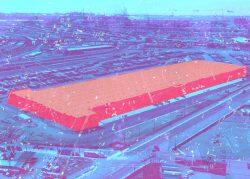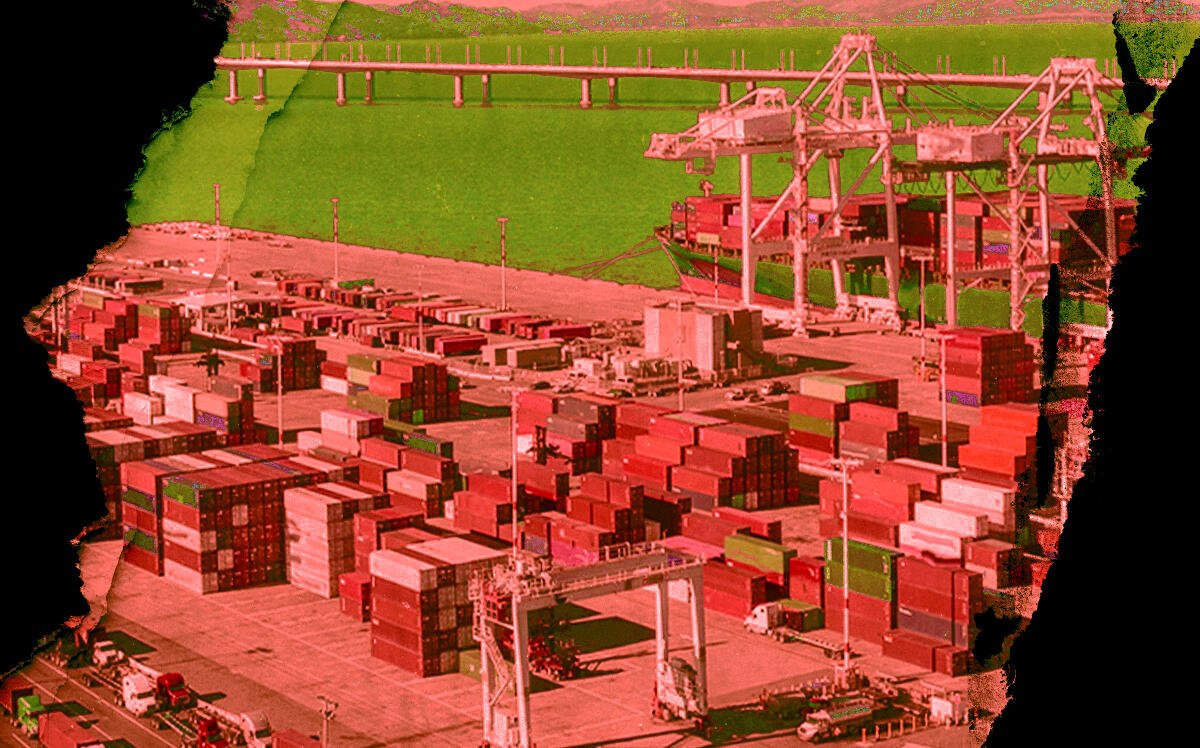Port activity on the West Coast has taken a hit ever since the pandemic forced shutdowns of port and factories in China due to COVID-19. However, Oakland has been the hardest hit, according to Kevin Hatcher with brokerage CBRE.
Even though the country is moving further away from the pandemic, activity at the port shows no signs of recovery and instead continues to decline. The Port of Oakland’s 20-foot equivalent unit (TEU) container volume fell 5.5 percent in the first half of 2022, according to a report by CBRE. Recent trends are signaling a continuation of the decline in activity.
“Inbound volumes into the U.S. have seen some of their steepest declines in the past two months, and consumer demand has decreased,” Trelynd Bradley from the Governor’s Office of Business and Economic Development, said. “Many businesses across all industries also stocked up on supply over the course of the year using excess space across the state that was made available for container storage, as well as warehouses which are still at near full capacity. Combined, these factors will naturally lead to the decline in activity we now see.”
Supply chain problems and labor disruptions also hurt exports leaving the Port of Oakland. Before the pandemic the port was a major exporter of Central Valley agriculture and Napa/Sonoma County wine to Asia, according to Hatcher.
The decline in activity at the port might lead to opportunities for real estate development. However, developers need to maneuver around multiple state restrictions placed on construction at ports. “It’s a very difficult process for developers to navigate,” according to Hatcher.
“All of our ports have a diverse array of business and economic development opportunities,” Bradley said. “Examples include those in clean energy, offshore wind deployment, critical mineral export, commercial space and aerospace, zero emission vehicle infrastructure and much more.”
The development of the Oakland Army Base and a proposed A’s stadium at Howard Terminal are examples of projects that can happen at a port’s underutilized space near the water. However, quality industrial space may be the best opportunity for developers to get a return on their investment.
“The demand for well-located, functional Class A industrial space in the Bay Area has never been greater,” Hatcher said. “The Port of Oakland’s unique location at the epicenter of consumer population (San Francisco and Oakland), major interstate transportation arteries and dependable labor pool makes it a very attractive location for industrial tenants. With transportation costs rising rapidly and e-commerce necessitating same-day delivery, tenants are opting to locate their facilities closer to the consumer.”
Read more


